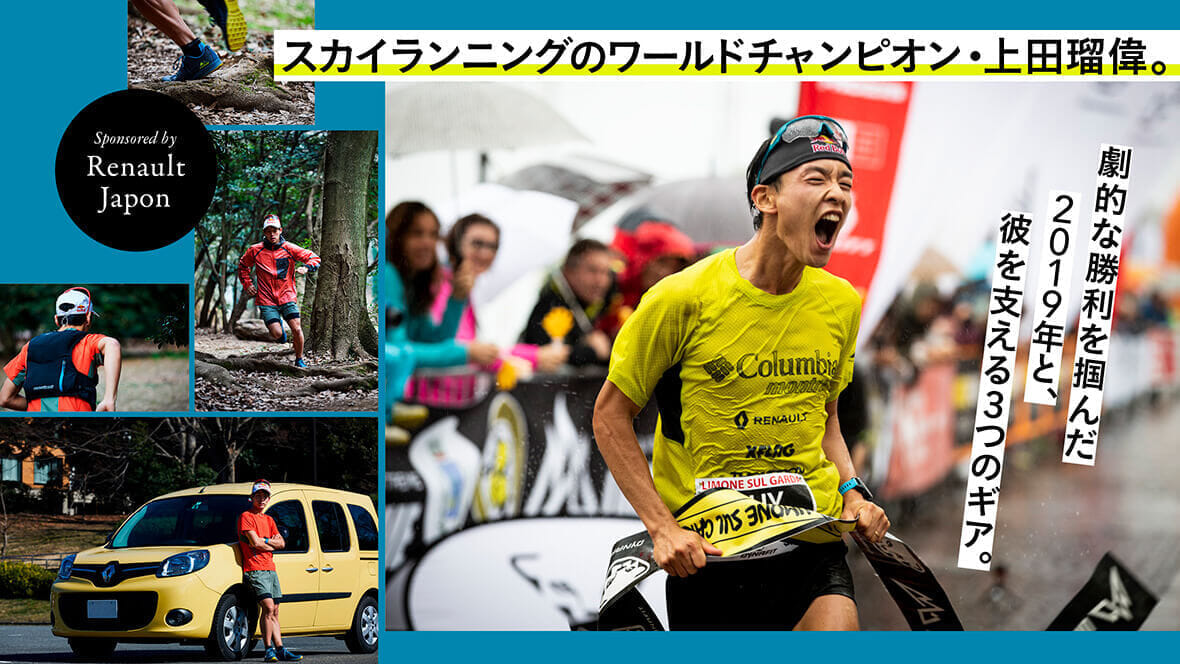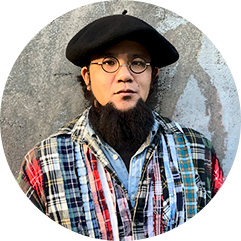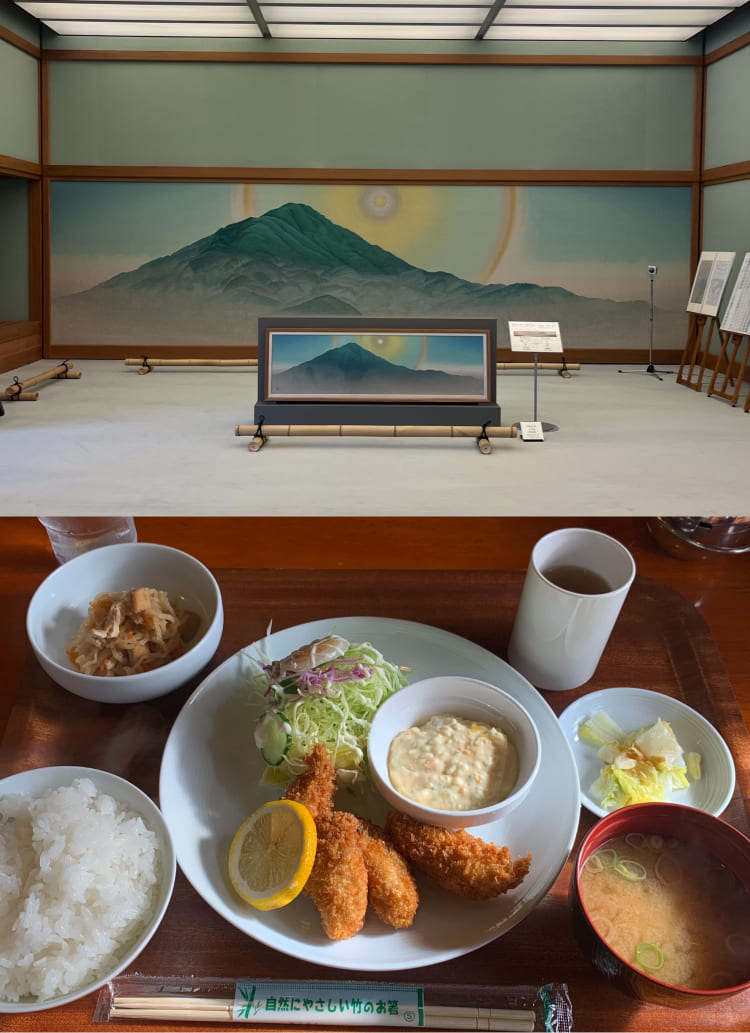Through actual competition, they hone their sense of competition and grow.
In preparation for such a hard competition, Mr. Ueda has been practicing steadily, driving a Renault Kangoo to Mt. Takao and holding a training camp at an altitude of over 2,000 meters in Nagano's Takamine Kogen plateau.

I was determined to win, of course, but I had a serious injury in 2006, so I was hoping to finish in the top five for the year in this series. But as it turned out, I exceeded that. I think the personal training probably helped. It changed the way I use my muscles. The power output is the same, but I can conserve energy, my body is more maneuverable, and I can perform difficult movements. In the past, I used to get tired at the end of the race, but this time I was able to run strongly throughout the entire race. I think I was able to run at a high level because I felt I was getting stronger within myself."
Nevertheless, practice and actual races are, of course, completely different. Mr. Ueda says, "We have to grow even through the actual race.
. the actual race is also against nature. . no matter how harsh the environment you expect it to be, there is more to it than that. And there are other runners, so you have to hone your sense of competition through the race, and analyze where other runners are strong and where they are weak, in order to put together a plan for the battle. That is why the first race was a very important start."

The first race was the Mt. It was the first time in a long time that the event was held in Japan. With the advantage of being Japanese, Mr. Ueda made a good start by finishing in first place.
It was April, and in Europe and the U.S., the season had just started and we were still skiing in the mountains. . So the international competitors were not able to run well. Naturally, I went for the win, and although I was just barely ahead of second place, I was able to hold on to the lead and beat a strong competitor, which gave me a lot of confidence.
Of the eight races I ran in the World Series, I won three times and finished in the top five three times. . In the remaining two races, I had to retire or abandon the race halfway through and was unable to finish. . I am wondering how he managed to keep his mental state during the season, which was full of ups and downs.
When I retired in the second round, I quickly changed my mind and decided to recover during the long season. . It was the sixth race that I was worried about. It was a race on the Matterhorn in the Alps, and my knee started to swell up. It was the same spot where I had injured myself the previous year, so I was worried every day until I returned to Japan and received a clear diagnosis. As it turned out, it was just fatigue, so there was no problem, but it was frustrating to miss out on the bonus race, and thus miss out on some big points. . but it also allowed me to refresh my physical condition so that I could make adjustments for the final race. It's not a clever injury, but I try to look at it as a positive."

When asked about the most memorable of the six races they were able to finish , they responded with this answer.
I have fond memories of each race, but the Livigno SkyMarathon in Italy, which was the third race I entered, was a race that I was able to win in my own way. I used to follow the lead group, but I was confident that I was strong on the climbs, so I was able to pull away from them to create a gap and get away. That convinced me that my style of pulling away on the climbs would work.
. The next two races in July were the Buff Epic Trail in Spain and the Royal Ultra Skymarathon in Italy. The Spanish race was a 42-kilometer race, and as a result of attacking the climbs in the style I just mentioned, I got dehydrated during the race and came in fourth. The following week was a 55-kilometer race in Italy. I was in about 20th place at the 20-kilometer mark, but in the second half of the race, I started to feel better and finished in third place. It was a new discovery for me to be able to race in a way I had never done before, and the fact that I was able to run 55 kilometers in back-to-back races left a lasting impression on me, as the ultra category over 50 kilometers was a challenge for me."










